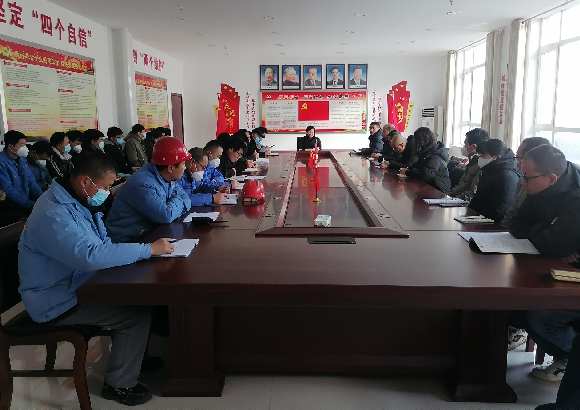- Albanian
- Arabic
- Belarusian
- Bengali
- Czech
- English
- French
- German
- Hebrew
- Hungarian
- Indonesian
- irish
- Italian
- Japanese
- kazakh
- Persian
- Russian
- Thai
- Uzbek
- Vietnamese
Innovative Designs for 3D Printed Roller Coasters That Redefine Amusement Park Experiences
The Fascinating World of 3D-Printed Roller Coasters
In recent years, the intersection of technology and entertainment has led to some groundbreaking innovations. Among these, the advent of 3D printing has emerged as a game-changer in the amusement park industry, particularly with the creation of 3D-printed roller coasters. This fusion of engineering and artistry not only pushes the boundaries of traditional design but also offers new possibilities for customization, efficiency, and safety.
The Concept of 3D-Printed Roller Coasters
3D printing, or additive manufacturing, involves creating three-dimensional objects from digital files. This technology allows designers to craft intricate structures with unparalleled precision. In the context of roller coasters, it means that virtually any design can be realized, from twisting tracks to unique thematic elements. The use of 3D printing enables the construction of models that are lighter and potentially more durable than traditional materials, leading to a safer ride experience.
One of the most remarkable aspects of 3D-printed roller coasters is their potential for customization. Traditional roller coasters often require vast amounts of steel or wood, and any modifications can be costly and complex. However, with 3D printing, changes can be made quickly and inexpensively. Parks can experiment with new layouts, integrate interactive features, and adapt attractions based on customer feedback. This flexibility not only enhances the visitor experience but opens up exciting opportunities for seasonal theme changes or limited-time events.
Sustainability and Cost Efficiency
Sustainability is another crucial advantage of 3D-printed roller coasters. As the world becomes increasingly aware of the need for environmentally friendly practices, the amusement park industry is also seeking to minimize its carbon footprint. 3D printing can significantly reduce material waste compared to traditional manufacturing methods. The additive approach means that only the necessary materials are used, which is a step towards making amusement parks more sustainable.
3d printed roller coaster

Moreover, the cost-effectiveness of 3D printing cannot be overlooked. While the initial setup for 3D printing technology may be high, the long-term savings are substantial. Designing, prototyping, and fabricating components become faster and more economical. Amusement parks can allocate resources more effectively, providing guests with innovative experiences without breaking the bank.
Case Studies and Examples
Several companies are pioneering the use of 3D printing in roller coaster design. For instance, some amusement parks have started incorporating 3D-printed elements into existing rides, such as theming components or smaller features that enhance the overall experience. One notable example is the construction of a mini roller coaster entirely made of 3D-printed parts, showcasing how detailed and efficient these technologies can be.
Moreover, collaborations between engineers and artists have led to the design of coasters that push the boundaries of physics and art. These innovative designs not only thrill riders but also provide a canvas for creative expression, making the rides themselves an attraction.
The Future of Amusement Parks
As technology continues to evolve, the future of roller coasters seems limitless. 3D printing will undoubtedly play a significant role in this evolution, allowing for unique designs, enhanced safety, and sustainability. It’s thrilling to think about the possibilities that lie ahead, with roller coasters that could be custom-designed for specific themes or events. Amusement parks may soon feature attractions that are not only rides but also works of art.
In conclusion, the fusion of 3D printing and roller coaster design represents a thrilling frontier in the world of entertainment. With its capacity for customization, sustainability, and cost efficiency, the potential of 3D-printed roller coasters is immense. As this technology continues to advance, it promises to reshape the landscape of amusement parks, offering guests unforgettable experiences that blend engineering marvels with creative imagination.
-
Flume Ride-Hebei Zhipao Amusement Equipment Manufacturing Co., Ltd.|Thrilling Water Attraction&Customizable DesignJul.30,2025
-
Flume Ride - Hebei Zhipao Amusement Equipment | Water Coaster, Thrilling DescentJul.30,2025
-
Flume Ride - Hebei Zhipao | Thrilling Water AttractionJul.30,2025
-
Flume Ride: Thrilling Water Attraction by Hebei Zhipao|Log Flume Manufacturers&Flume Ride DesignJul.30,2025
-
Flume Ride-Hebei Zhipao Amusement Equipment Manufacturing Co., Ltd.|Thrilling Water Coaster, Safe DesignJul.30,2025
-
Flume Ride-Hebei Zhipao Amusement Equipment Manufacturing Co., Ltd.|Thrilling Water Attraction, Safe DesignJul.30,2025
